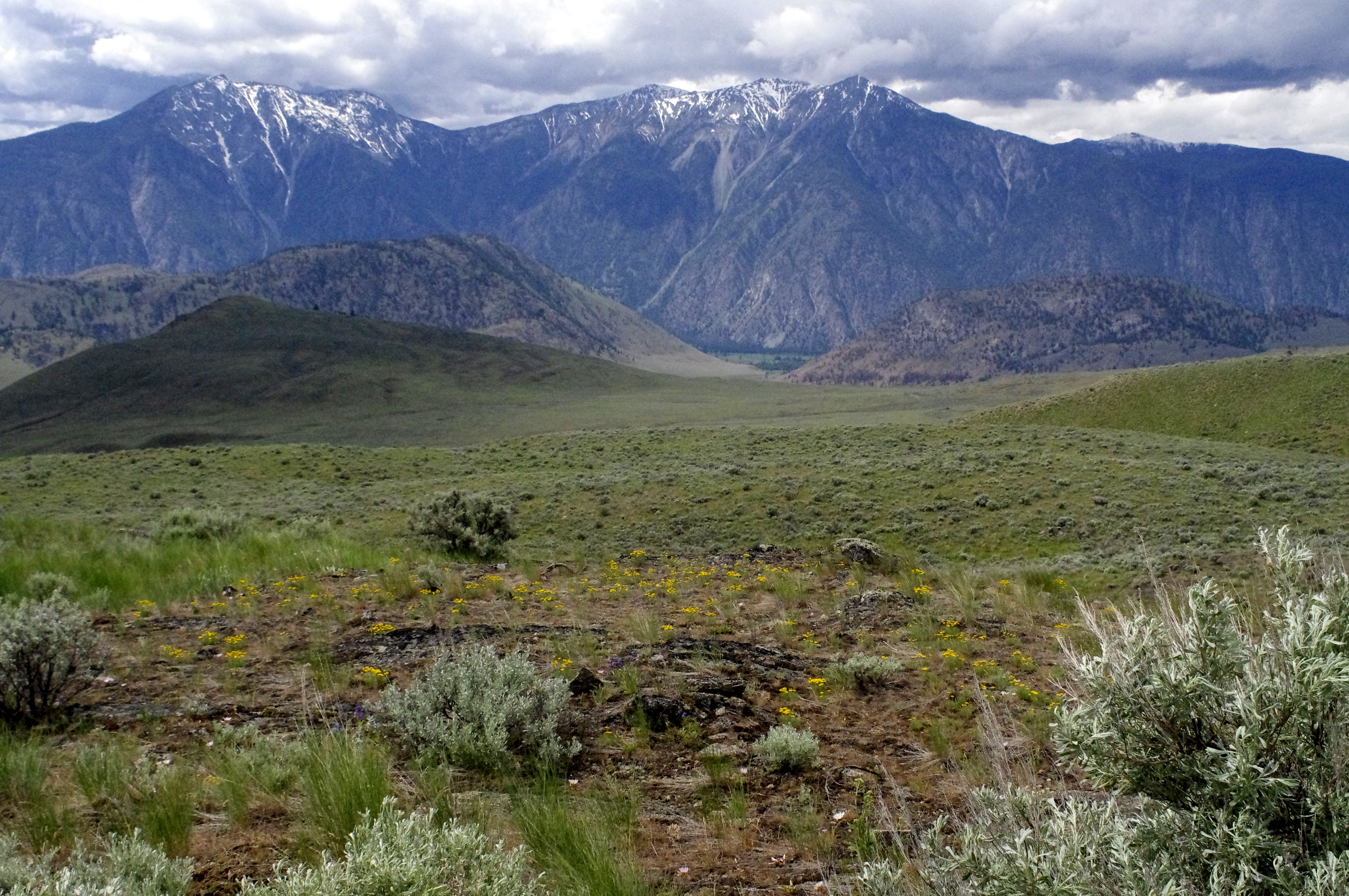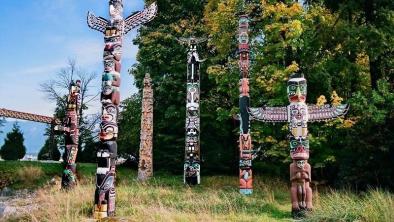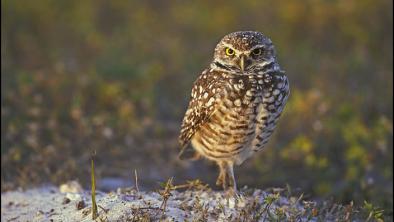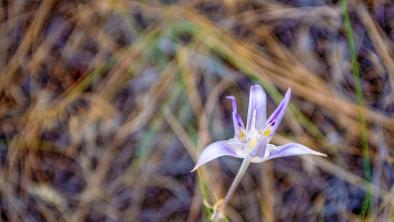A new Canadian national park just over the border with Washington?
Seattle PI

A long-discussed, hitherto sidetracked proposal for a new Canadian national park, located just over the U.S.-Canada border near Oroville, has come back to life, with a plan by the British Columbia government to create both national park reserves and a new provincial protected area in a region that contains Canada’s only desert.
The new South Okanagan-Similkameen National Park Reserve would be named for two rivers that cross into the United States and join — with one getting a different spelling of its name — in Okanogan County.
“I have been working on this campaign for over 10 years, and sometimes didn’t think it was going to happen: I grew up in the South Okanagan and this area is near and dear to my heart,” said Gwen Barlee, policy director with the Wilderness Committee in Vancouver. (The preservation group just marked its 35th birthday.)
The B.C. government, which walked away from federal-provincial park discussions in 2011, has set up a 60-day comment period on a paper outlining its plans.
“Our intent with these proposals is to protect significant geographical and cultural values, while providing recreation and tourism opportunities — and we are looking forward to receiving comments on this paper,” said B.C. Environment Minister Mary Polak.
The rabidly pro-development British Columbia government has been getting an earful from park advocates of late.
A total of 167,000 people signed a petition opposed to letting builders of oil pipelines transgress on provincial park land. The petition was prompted by signs that park borders might be “adjusted” to accommodate the proposed Kinder Morgan Pipeline, which would extend from Alberta to Burnaby, just east of Vancouver.
A poll in April showed overwhelming support for a park in the Okanagan-Similkameen region. Significantly, local British Columbia provincial legislator Linda Larson, hitherto a major obstacle to a national park, signed onto Polak’s press release with a bland pro-protection statement. (In B.C.’s 2013 election, Larson beat a biologist who has long studied the region’s uniqueness.)
The Okanagan-Similkameen is a varied, fascinating landscape. It holds 30 percent of Canada’s endangered species, from burrowing owls to badgers, as well as endangered desert plants. The area around Vaseux Lake is the farthest north extension of the Great Basin Desert, a “pocket desert” unique to Canada.
It is a land of variations. Just outside of Keremos, as visitors head up the Ashnola River Road toward the existing Cathedral Provincial Park, a sign warns visitors to watch out for rattlesnakes. Up amidst the park’s lakes and 8,000-foot-plus peaks, hikers encounter mountain goats and stumble over ptarmigan. A herd of bighorn sheep inhabit the adjoining Snowy Protected Area.
Hikers in our Pasayten Wilderness Area encounter a boundary sign at the summit of 8,100-foot Armstrong Peak, and can walk for miles (unless caught) into B.C.’s Snowy Protected Area.
If the new national park is created, hikers will be tempted to head north from the 7,600-foot summit of Chopaka Mountain on the U.S. side of the border, the easternmost summit of the North Cascades.
The North Cascades “end” with a dramatic escarpment from Chopaka Mountain down to the Similkameen Valley. The remote Nighthawk/Chopaka border crossing sits in the middle of the valley.
(Twenty years ago, a Chelan County militia group briefly mobilized, fearing that a U.S.-Canada drug exercise was the harbinger of a United Nations invasion.)
Until controversy over the proposed park, the longest-running conflict in Canadian Okanagan-Similkameen came as orchardists sought to protect their crops against marauding black bears.
“This biodiverse rich area is essential to afford the highest protection: We support First Nations in their pursuit of secure protection for cultural and natural resources and traditional rights and titles,” said Mitch Friedman, executive director of Bellingham-based Conservation Northwest.
Aboriginal First Nations groups in British Columbia have been major players in the bid for national park designation.
Photo Credit: Gwen Barlee via WC Files


